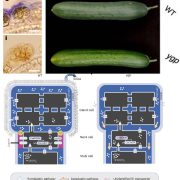
Novel lignin-based extracellular barrier in glandular trichome
Plant Science Research WeeklyThis is a fascinating story by Hao et al., which takes us from phenotype to novel insights by looking at glandular trichomes in cucumber. Cucumber fruits often have a silica-based white powder deposited on their surface, but this is missing from the yellow green peel (ygp) mutant. Staining shows that…
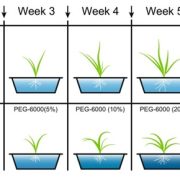
Using emmer wheat to discover genes involved in drought tolerance
Plant Science Research WeeklyWheat is a major global crop, but its yields are severely compromised by drought, thus developing varieties with a higher drought tolerance is important. Emmer wheat (Triticum turgidum) is a wheat ancestor that contains more genetic diversity than cultivated varieties, so it can be used in genome wide…
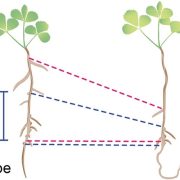
Peptide GOLVEN10 alters root development and noduletaxis
Plant Science Research WeeklyFor many years, biologists argued about whether plants have peptide hormones like animals have, and ever since it was first shown that plant peptides do have hormone-like functions, I’ve said a little cheer as new functions are discovered (Yay plants!). A few years ago, Sonali Roy and colleagues wrote…
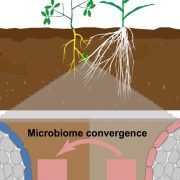
Cross-enrichment of rhizobacteria improves iron nutrition during intercropping
Plant Science Research WeeklyIntercropping, the system of growing at least two crops simultaneously, increases crop productivity and ecological sustainability. An intercropping system of peanut (Arachis hypogaea L.) and maize (Zea mays) has been previously found to improve the yield of peanut, specifically its iron nutrition and…

Silicate enhances rhizobacteria network complexity in sugarcane rhizosphere
Plant Science Research WeeklySilicon (Si) plays a significant role in helping plants to mitigate biotic and abiotic stress. Previous studies have shown that the application of Si also influences the microbial communities in the rhizosphere. However, the extent to which Si shapes the dynamics of plant growth promoting rhizobacteria…
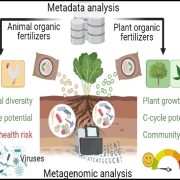
Effect of plant-derived versus animal-derived fertilizers on the rhizosphere microbiome
Plant Science Research WeeklyYu et al. conducted a meta-analysis of published 16S rRNA gene amplicon sequenced soil samples to compare the effects of plant-based fertilizers (e.g. compost, seaweed fertilizer) versus animal-based fertilizers (e.g., dung, manure) versus control, unfertilized samples on soil microbial diversity and…
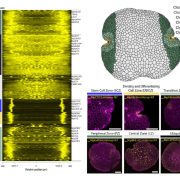
Plant Science Research Weekly: March 1, 2024
WWR Full PostReview: SynBio takes on roots and the rhizosphere
This is an excellent introduction to how synthetic biology can be used to program plants for climate resilience by engineering them to respond predictably and in ways beyond those that evolution has explored, through the use of controllable synthetic…

